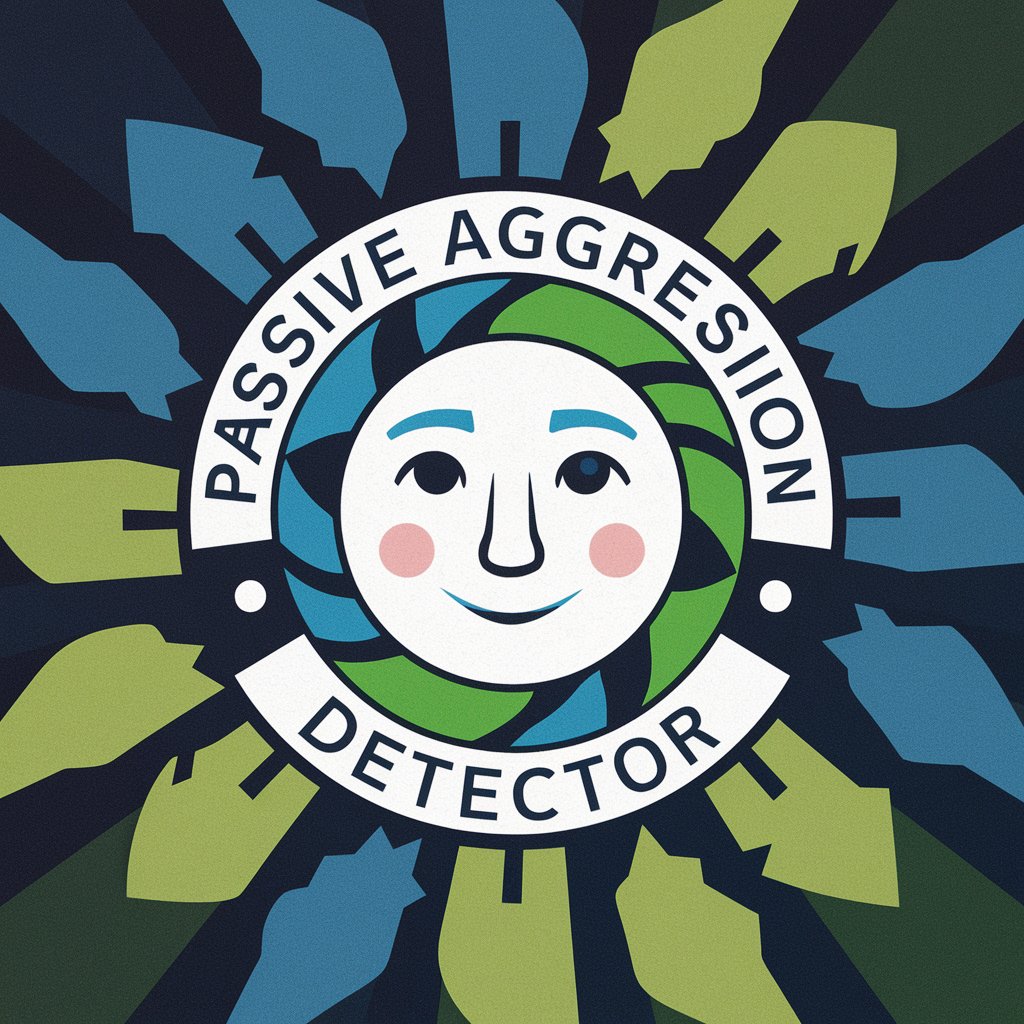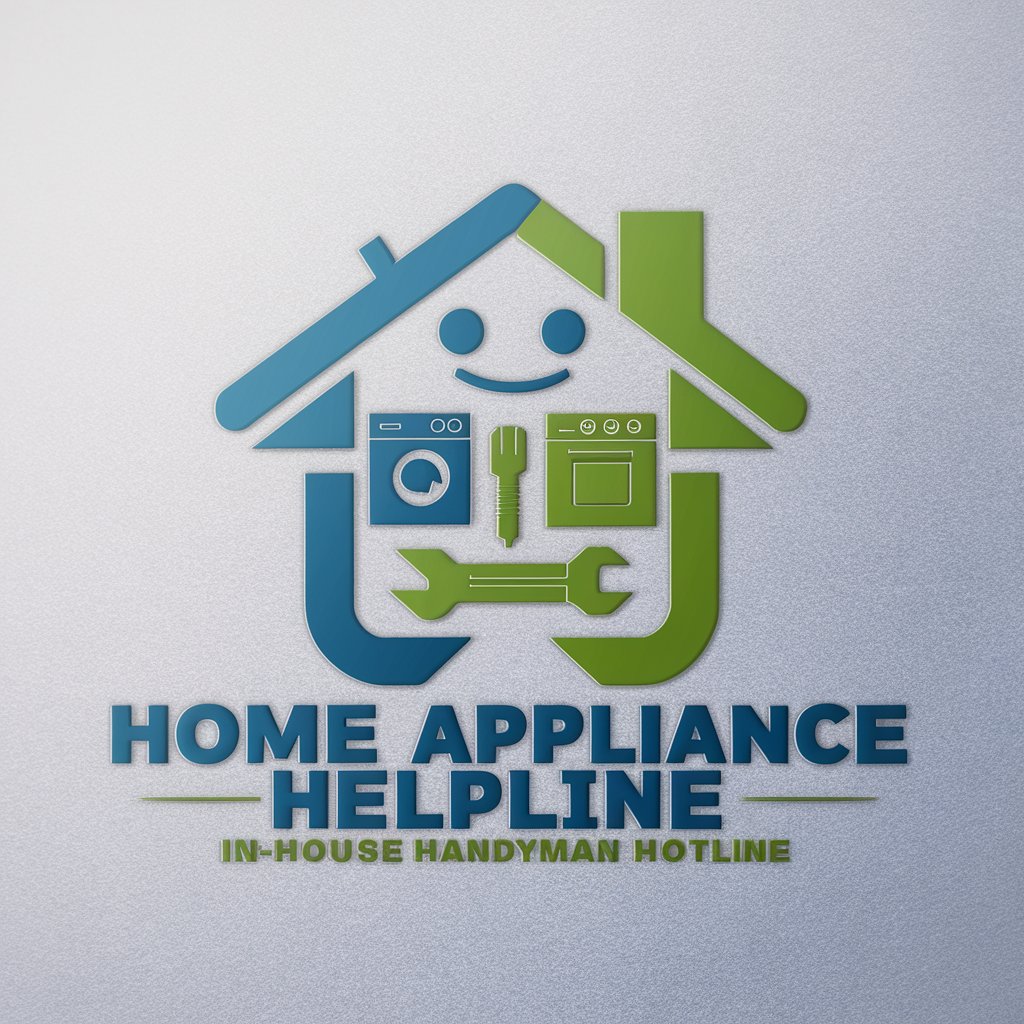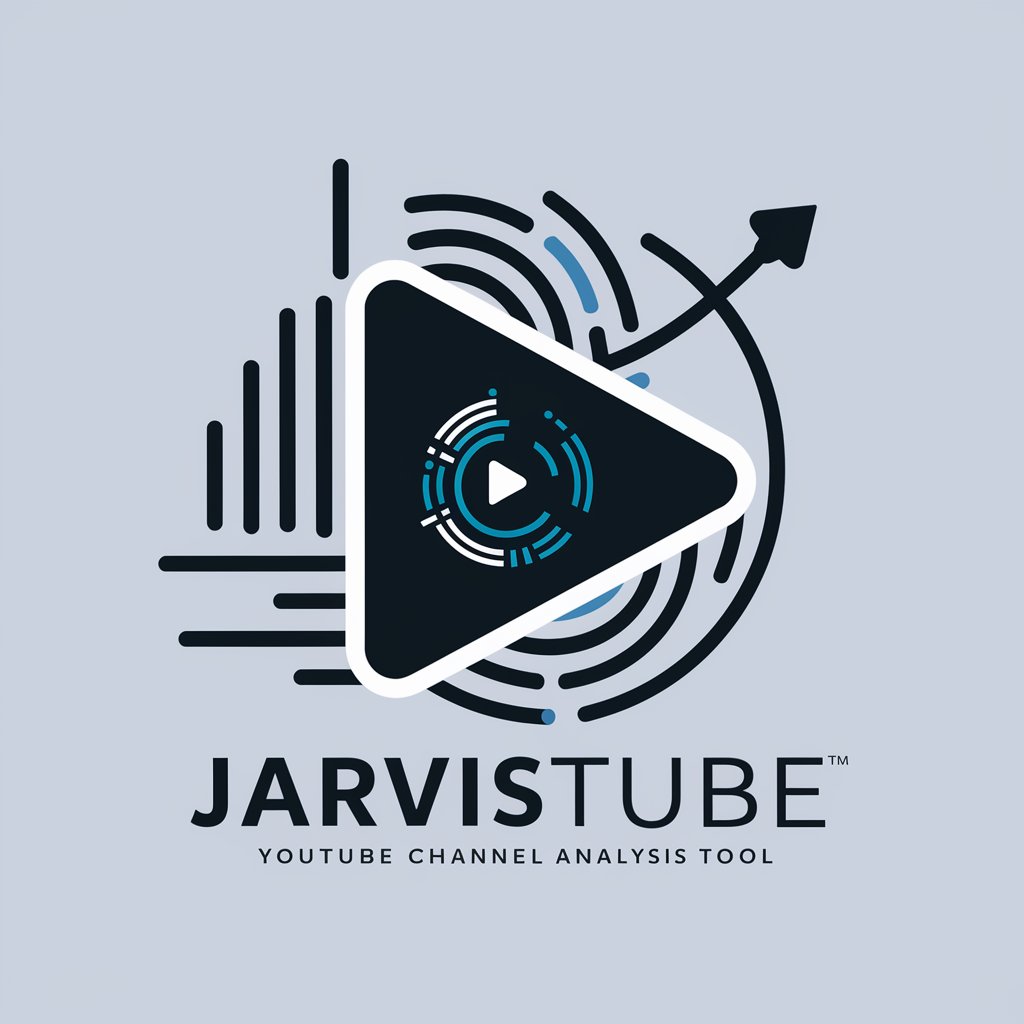Passive aggression detector - Tool for Passive Aggression Analysis

Hi! I'm here to help decode passive aggression in conversations.
Deciphering Subtleties in Communication
Could this statement be considered passive aggressive:
Analyze this phrase for any passive aggression:
Is there a chance this could be passive aggressive:
Can you determine if this might be passive aggressive:
Get Embed Code
Overview of Passive Aggression Detector
The Passive Aggression Detector is designed to assist neurodivergent individuals, including those with autism, in identifying and understanding nuances in communication, particularly passive aggressive remarks. This tool analyzes phrases to determine if they might express passive aggression and explains the context in which such interpretations could be made. For example, the phrase 'Fine, whatever you want' can be passive aggressive if said in a dismissive tone after a heated discussion, indicating resignation but also underlying discontent. The tool not only flags such instances but also offers alternative interpretations to help users navigate complex social interactions. Powered by ChatGPT-4o。

Key Functions of Passive Aggression Detector
Detection of Passive Aggression
Example
'I'm not mad, just disappointed.'
Scenario
This function would analyze the phrase and potentially flag it as passive aggressive, as it implies criticism while maintaining an appearance of calm or neutrality. It helps the user understand that the speaker might be expressing veiled irritation or disapproval.
Contextual Interpretation
Example
'Wow, you actually did what I asked you to do for once.'
Scenario
Here, the tool would explain that the phrase could be seen as passive aggressive because it includes sarcasm about past behavior, which might not be directly confrontational but conveys dissatisfaction. It would also suggest considering the speaker's tone and previous interactions to better understand the intent.
Alternative Interpretation Provision
Example
'No, go ahead. I didn’t want to go out tonight anyway.'
Scenario
This feature provides an alternative perspective, such as the speaker genuinely being accommodating rather than sarcastic. This helps users explore different ways the phrase could be meant, aiding in reducing misunderstandings.
Target User Groups for Passive Aggression Detector
Neurodivergent Individuals
People who may have difficulty with social cues and indirect communication, such as those on the autism spectrum, will find this tool particularly beneficial. It helps them decode layered meanings in conversations, enhancing their interaction and communication experiences.
Professionals in Social Work or Education
Educators and social workers who assist neurodivergent individuals can use this tool to better understand their challenges in social interactions and provide more effective guidance and support.

How to Use the Passive Aggression Detector
Step 1
Visit yeschat.ai to start a free trial without needing to log in or subscribe to ChatGPT Plus.
Step 2
Enter a phrase or statement into the tool that you suspect might contain passive aggression.
Step 3
Review the analysis provided, which will indicate whether the inputted text may be passive-aggressive and explain the context in which it might be perceived that way.
Step 4
Use the alternate interpretations offered to understand different ways the phrase could be construed, aiding in broader social comprehension.
Step 5
Apply this insight in real-world interactions to enhance your communication skills, particularly in decoding subtle social cues.
Try other advanced and practical GPTs
Prompter Aggressor
Supercharge AI responses with advanced prompting

Fix My Appliance - Home Appliance Helpline 🏠🔧🔌
AI-Powered Appliance Advice

Fit GPT
Revolutionize Your Fitness Journey with AI

NSF PAPPG
Empowering research innovation

Scale My Biz Now
Empower Your Business with AI

JarvisTube
Elevate Your YouTube Impact with AI

Scavenger Guide Travel Bot
Uncover Hidden Gems with AI

Dating Coach Simulator
Enhance your dating game with AI

The VeloFueler Adivsor
Fuel Your Ride with AI

Linkfluencer
Empowering LinkedIn Strategies with AI

Magic Secrets
Learn Magic with AI Guidance

Kathmandu Secrets
Uncover Kathmandu's Hidden Gems

Frequently Asked Questions About Passive Aggression Detector
What exactly does Passive Aggression Detector do?
This tool analyzes phrases to determine if they contain passive aggression, explaining the context and offering alternative interpretations to help understand the subtleties of indirect communication.
Who can benefit from using Passive Aggression Detector?
It is especially useful for neurodivergent individuals, including those with autism, who may find indirect or nuanced social cues challenging to interpret.
Can Passive Aggression Detector help in professional settings?
Yes, it aids in understanding subtle communications in the workplace, helping users navigate complex interpersonal dynamics professionally.
Is Passive Aggression Detector suitable for educational purposes?
Educators and students can use it to explore communication styles, enhancing understanding of passive aggression in social interactions and literature.
How accurate is Passive Aggression Detector?
While highly effective in suggesting possible passive aggression, the accuracy can depend on the context and complexity of the language used.
